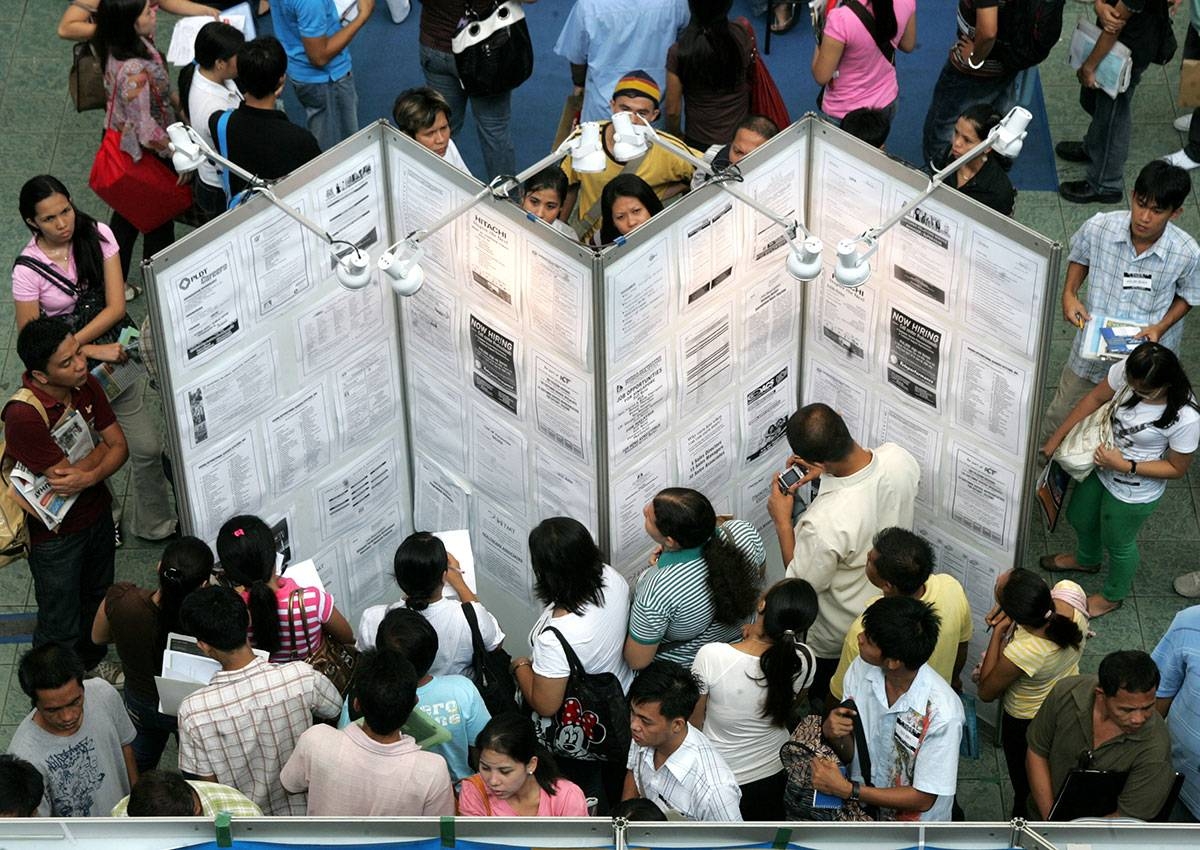The Philippines’ unemployment rate has seen a significant improvement, falling to 3.6 percent in November from 4.2 percent in October last year, according to the Philippine Statistics Authority (PSA). This marks the lowest unemployment rate since 2005, indicating positive developments in the country’s job market.
In concrete terms, this drop in unemployment translates to 1.83 million Filipinos without jobs, which is 260,000 fewer than the figure recorded in October. Moreover, it is lower than the 2.18 million unemployed individuals in November 2022, representing a year-on-year decrease of 350,000.
While the unemployment rate has improved, underemployment remains a concern, holding steady at 11.7 percent, the same as in October. The number of underemployed individuals stands at 5.79 million. These are individuals who express the desire for additional work hours in their current job, the need for additional jobs, or the aspiration for a new job with longer hours.
The employment rate, however, has seen a positive trend, rising to 96.4 percent in November 2023 from 95.8 percent in both November 2022 and October 2023. The number of individuals with jobs reached 51.47 million in November, surpassing the 49.89 million recorded in October.
In terms of employment sectors, the services sector continues to dominate the labor market, accounting for 59.5 percent of the employed population in November. This sector’s strong presence highlights its significance in driving job creation and economic growth.
The Labor Force Participation Rate (LFPR) in November 2023 was higher at 65.9 percent compared to November 2022, but lower than the 67.5 percent reported in the same month the previous year. The decline in LFPR can be attributed to reduced participation by young individuals and women in the workforce.
Socioeconomic Planning Secretary Arsenio Balisacan emphasizes the importance of digitizing small businesses and startups to further enhance job market gains in 2024 and beyond. Balisacan highlights that digitalization facilitates alternative work arrangements, particularly benefiting the youth, women, and those in the creative sector. This approach can help address the declining labor force.
Balisacan also underscores the significance of creating a framework for flexible work arrangements. Allowing part-time work, even in the formal sector, expands opportunities for lifelong learning, work experience, and coverage in social protection systems.
In addition to government efforts, economists like Domini Velasquez, the chief economist of China Banking Corp., anticipate that job growth in 2024 will primarily occur in the services sector. Lower inflation rates, supporting increased consumer spending, and a rise in tourist arrivals are expected to boost this sector. The industry sector, on the other hand, is predicted to experience a mix of an improving construction outlook and moderating manufacturing activities.
The positive developments in the Philippines’ job market reflect the country’s efforts in creating an environment conducive to job creation and economic growth. Continued focus on digitization, flexible work arrangements, and sector-specific strategies will be essential in sustaining this positive trajectory.







